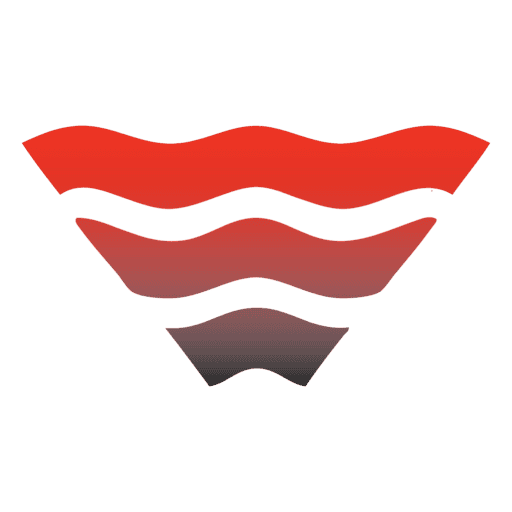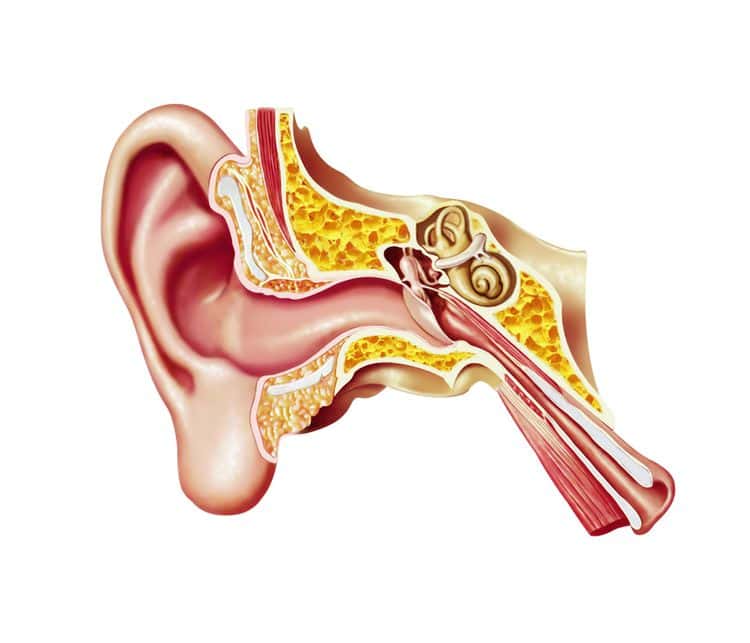Do you suffer from dizziness, lightheadedness , vertigo or balance problems? If so, you are not alone. Recent studies indicate that as many as 35% of Americans over the age of 40 (70 million people) have experienced some form of vestibular dysfunction, and a further 4% ( 8 million people) report chronic problems with balance. Vestibular problems are growing public health concern among all age groups, with increased prevalence among older people. If left untreated, these problems can lead to social isolation, loss of confidence/anxiety, depression, difficulty with ADLs, loss of independence and frequent falls and fall related injuries.
What are dizziness and vertigo?
Vertigo and dizziness are not interchangeable terms. Vertigo is defined as the illusion of movement occurring in the environment (ie. the patient sees actual spinning of room or walls etc). Dizziness is used to describe a variety of sensations like light-headedness, disorientation, and swaying, floating, wooziness (swimming feeling of head).
What is the vestibular system?
The vestibular system consists of the utricle, saccule and three semicircular canals, which detect head movements in different planes. Both right and left vestibular systems send information to brain about your head position, and the brain then integrates this information with other information from eyes, muscles and joints to maintain equilibrium. When the vestibular system is not working properly due to illness or injury, the input to the brain is altered and patients feel symptoms like dizziness, vertigo, imbalance and disequilibrium.
What are common vestibular pathologies?
Common vestibular pathologies are BPPV (benign paroxysmal positional vertigo), neuritis/labrynthitis , Meniere’s disease, acoustic neuroma, vestibular degeneration, and perilymphatic fistula. BPPV is the most common cause of vertigo arising from peripheral vestibular disorder and accounts for 20-30% of all patients seen for vertigo, more commonly in elderly. Symptoms of BPPV can be provoked by looking up, bending forward and rolling in bed.
What is vestibular rehab?
Vestibular rehabilitation is an exercise based program designed to reduce symptoms of vertigo, dizziness and disequilibrium, improve balance and overall functioning. It is a customized exercise program to address each patient’s specific problem(s). Therefore, a comprehensive clinical examination is required to identify problems related to the vestibular system and then, depending on the problem identified, treatment might consist of following options:
• Manoeuvres to correct BPPV
• Gaze stabilization techniques to improve your ability to focus while your head is moving
• Balance training to address balance dysfunction
• Habituation exercises
• Hands on treatment of neck or other muscles/joints that might be contributing to your dizziness
• Addressing other factors such as medical conditions, diet and lifestyle
• Home exercise program
So, if you think you are suffering from vestibular problems, come and see our vestibular trained physiotherapist Shaveta Kang. At your appointment, the physiotherapist will evaluate your symptoms and review your medical history. Based on the findings, a plan of care is developed to improve deficits identified in assessment. This, in turn, will improve your ability to function in activities of daily life, reducing your dizziness/vertigo/risk of falling, and ultimately will improve your quality of life.

